Army and Elite Units deployed: Is the World Entering Total War?
War between Israel and Hamas has already spread to the Middle East, and prospect of a clash between regional and world powers is becoming increasingly likely.
Thursday, 25.01.2024.
18:02
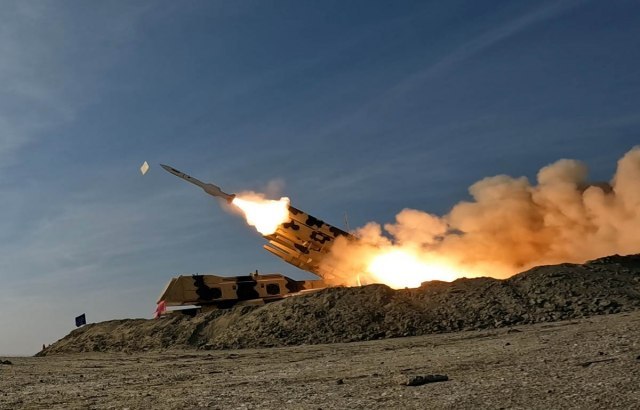
Army and Elite Units deployed: Is the World Entering Total War?
So far, attacks in the Middle East have mostly been limited to conflict between Iran-backed groups on the one hand and the US, Israel and their allies, on the other. Despite the fact that no state in the Middle East is interested in entering a new conflict, each of them is behaving in a way that exponentially increases the likelihood of an escalation of war.As tensions rise across the region, the balance of power between America's and Iran's allies varies from country to country. Since the Gaza war broke out, the US has significantly strengthened its military position in the region, deploying about 1,200 US troops, an aircraft carrier strike group and a Marine expeditionary force of about 2,000. In some places, including Iraq and Syria, the US military presence overlaps with that of Iran and its allies.
Lebanon, for example, is home to Hezbollah, one of the most powerful paramilitary forces in the Middle East. While the exact size of the Shiite Islamist group's arsenal is unknown, experts estimate that it has between 150,000 and 200,000 precision-guided missiles, rockets and mortars. Hezbollah leader Sayed Hassan Nasrallah claims the group has 100,000 fighters, including active soldiers and reservists. Iran is believed to be the main supplier of arms to the Lebanese militant group.
In Iraq, Tehran has significant influence over several Shia paramilitary groups closely associated with Iran's Islamic Revolutionary Guard Corps (IRGC), including Kataib Hezbollah, Harakat al-Nujaba, and Kataib Sajid al-Shuhada. The US Office of the Director of National Intelligence believes that Kataib Hezbollah alone has around 10,000 members.
An elite unit
The Badr Organization, the oldest Shiite militia in Iraq, which has the closest ties to Tehran, operates in Iraq, as does the radical group Asaib Ahl Al-Haq. Iran-backed groups have carried out dozens of attacks on US forces in Iraq since the start of the Gaza war, prompting the US to retaliate with airstrikes. Over the weekend, Iran-backed militants launched multiple ballistic missiles and rockets at the US Al-Assad Air Base in Iraq. In 2008, the US had about 160,000 troops in Iraq, and today only about 2,500 troops are deployed there.Iran has a direct presence in Syria, home to the Quds Force, an elite unit of the IRGC, which manages operations abroad. Syria is also home to the Zainabiyun and Fatemiyun brigades, IRGC-linked Shiite militias believed to be recruiting Afghan and Pakistani fighters. Washington has about 800 troops deployed in Syria, most of them in the northeast of the country, where the US supports the anti-regime Syrian Democratic Forces (SDF). There are also a number of US troops in southeastern Syria, where the US supports the paramilitary Free Syrian Army. In addition to Iraq, Iranian-backed militants are increasingly attacking US troops in Syria. At the center of the current conflict between Iran and the US are Yemeni rebels, who control the northern part of the country and attack ships in the Red Sea in retaliation for Israel's war in the Gaza Strip. The Houthis' weapons mostly consist of Iranian components smuggled into Yemen. But an official close to US intelligence told CNN that the Houthis have since made "progressive changes" that have contributed to a major overall improvement in their military capabilities.
US and British forces are carrying out joint airstrikes on Houthi positions in Yemen. In December, Washington established a coalition to protect Red Sea shipping lanes from Houthi attacks. More than 20 countries joined the US, but only one country in the region – Bahrain.
Military aid
Iran has built close ties with Hamas in recent years, but does not have as much influence over the group as its other allies. But US and Israeli officials estimate that Iran sends $100 million each year to Hamas and Islamic Jihad, the two main Palestinian factions in the Gaza Strip. On the other hand, Israel is the largest recipient of American military aid, and since the establishment of the Jewish state in 1948, Washington has provided about 130 billion dollars in military aid.As for other Arab countries in the Persian Gulf, the US has the most troops in the region deployed in Kuwait, about 13,500 of them. There is also a significant US military presence in Qatar. About 10,000 US troops are stationed at Al Udeid Air Base, the largest US military base in the Middle East, which is also the headquarters of the US Central Command and the operational center for air support. Qatar said it does not support Hamas on October 7, but Israeli officials warn that it has supported and financed terrorism for years and that Hamas's political wing operates from an office in Doha.
More than 2,700 American soldiers are stationed at the "Prince Sultan" air base in Saudi Arabia, and there are about 3,500 American soldiers in the United Arab Emirates. US troops are also present in Bahrain, home to US Naval Forces Central Command and home to the Navy's Fifth Fleet, and in Jordan, where about 3,000 US troops are stationed.


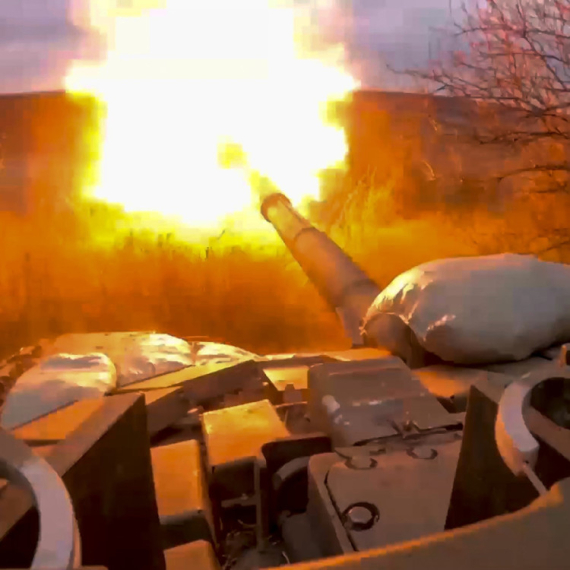
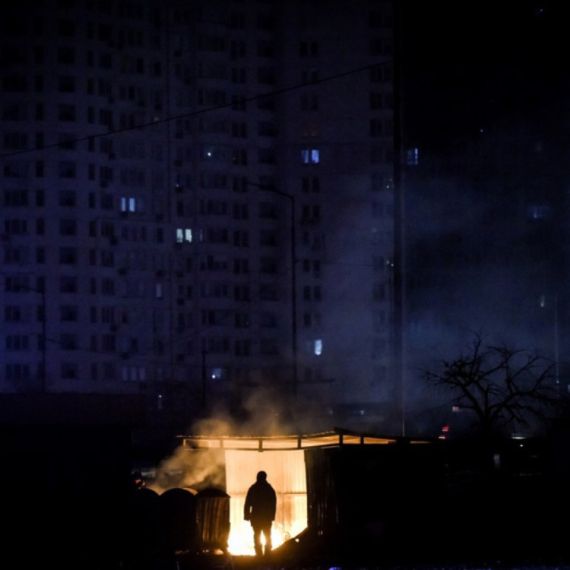
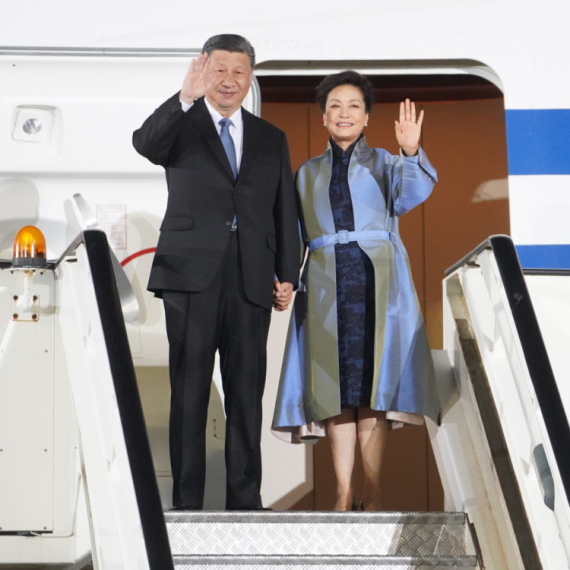





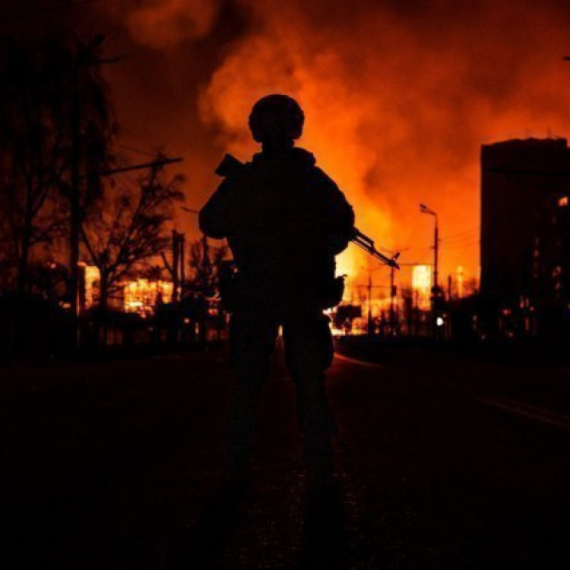









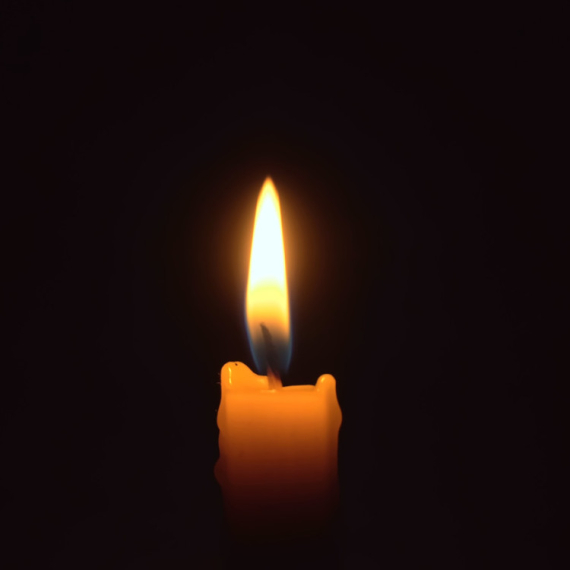
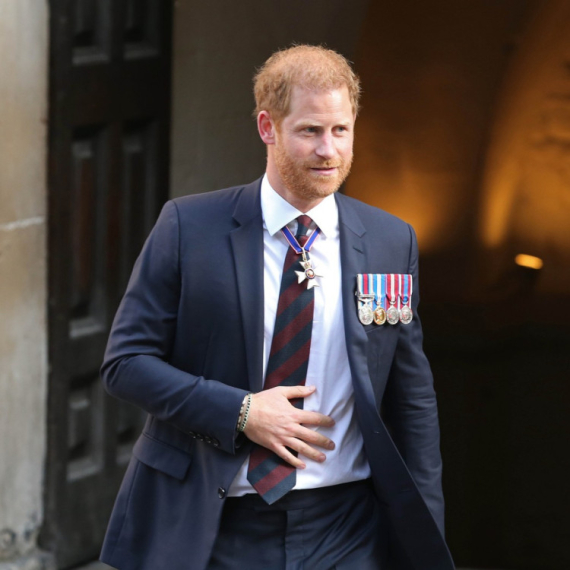










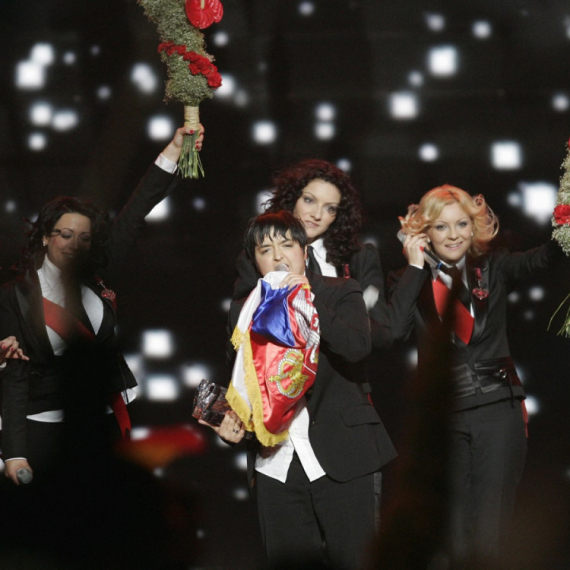
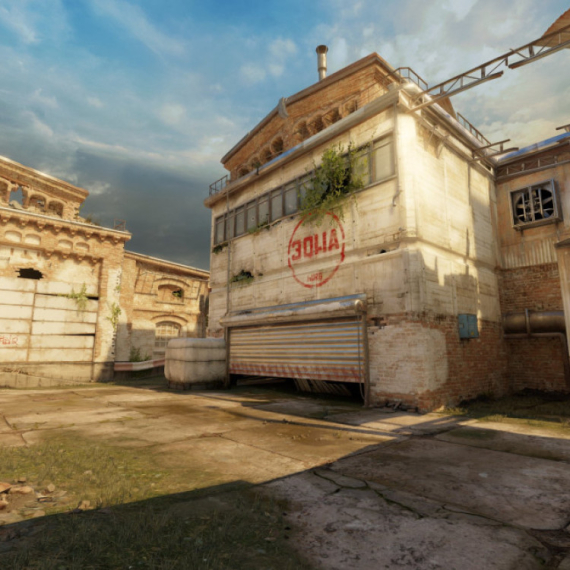

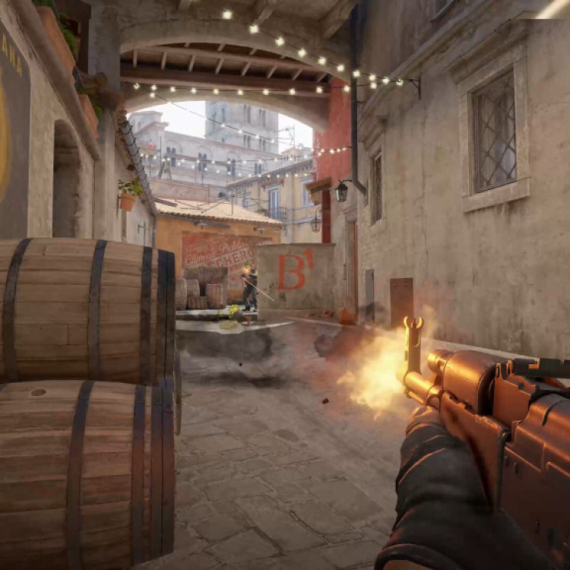
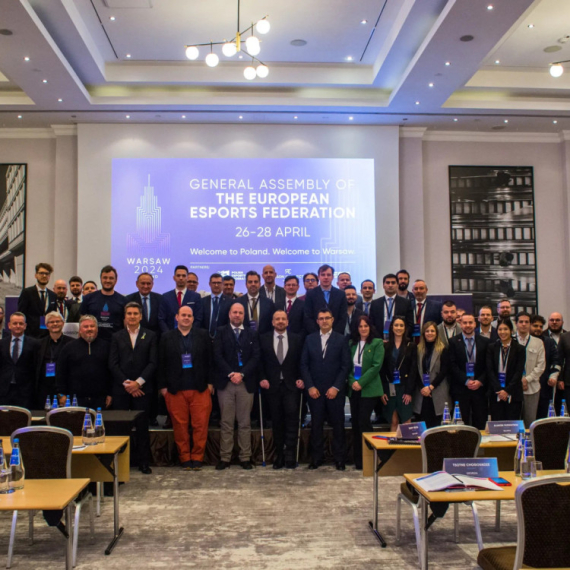
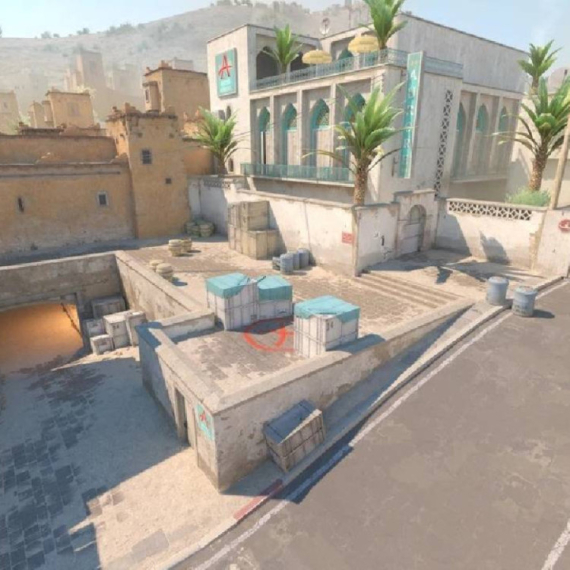
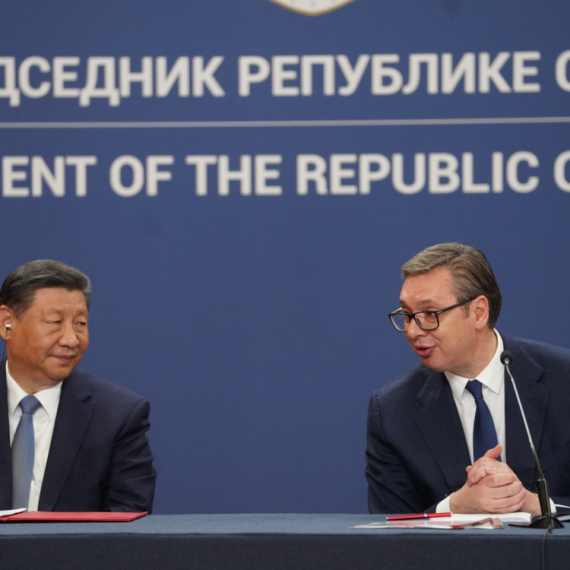



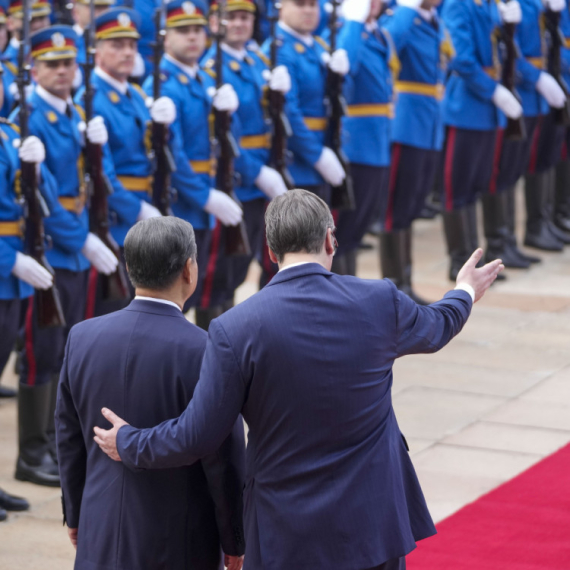

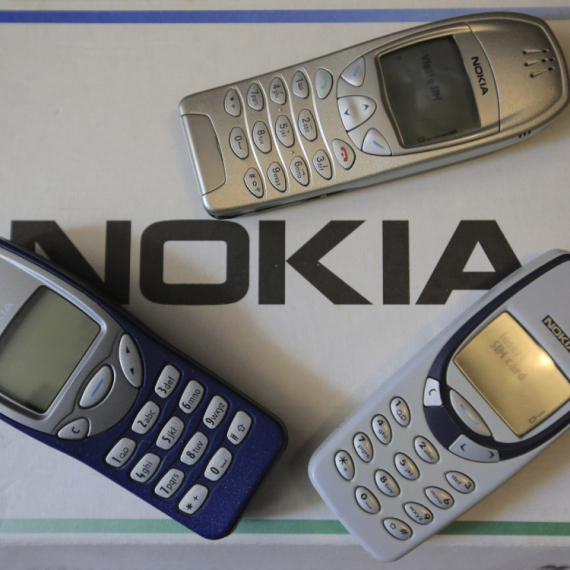

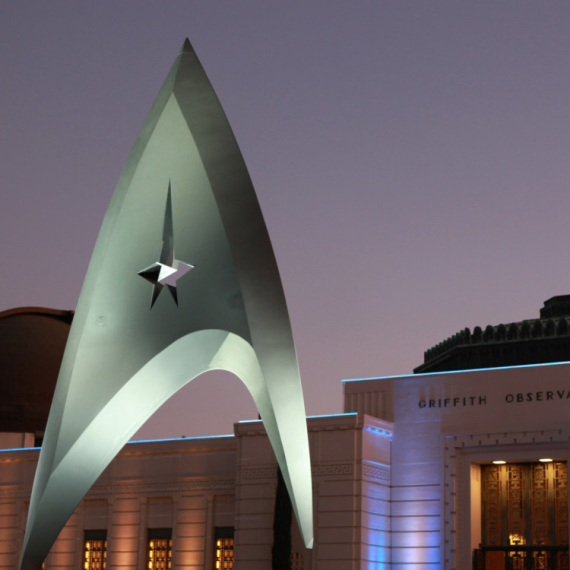


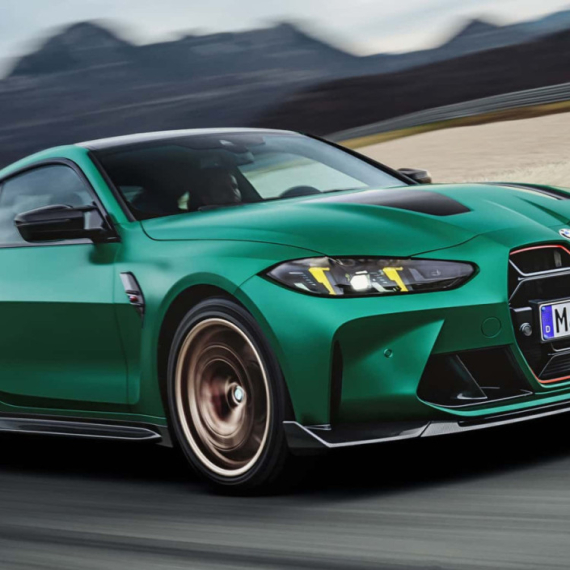


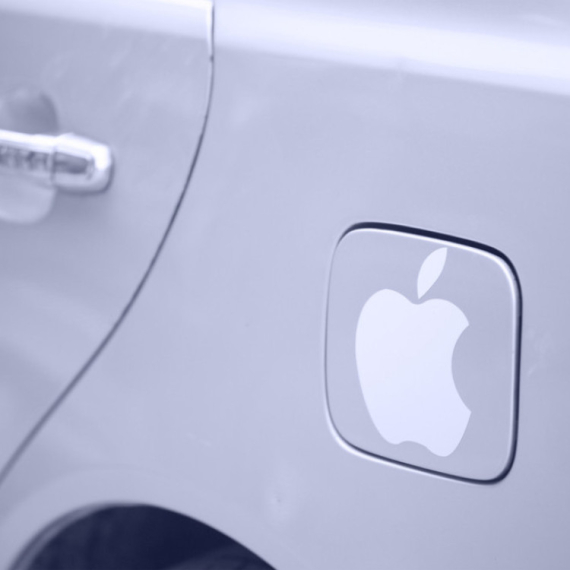

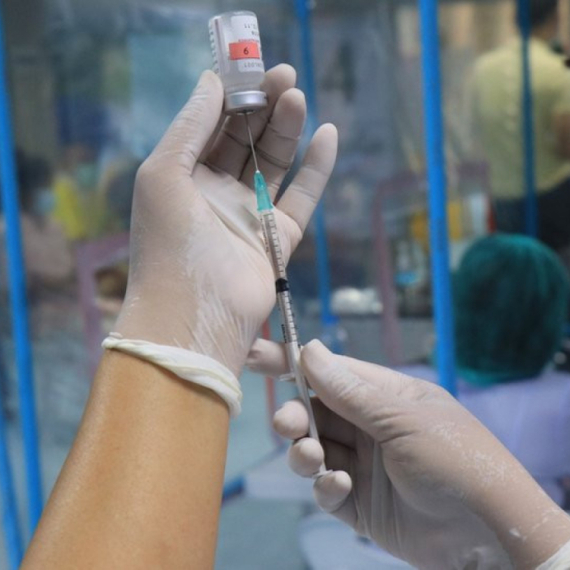

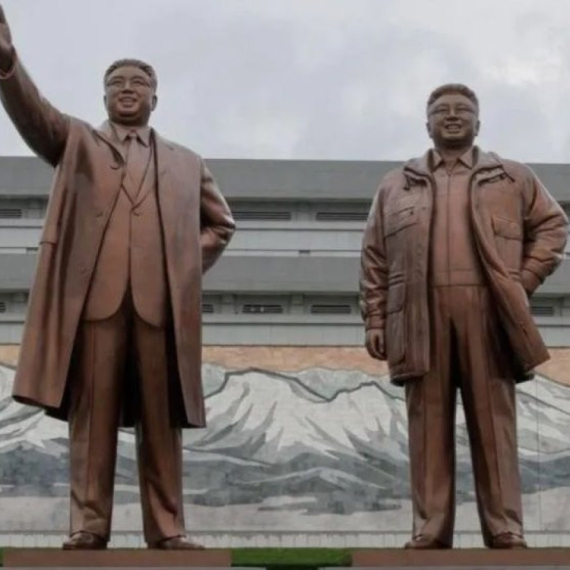
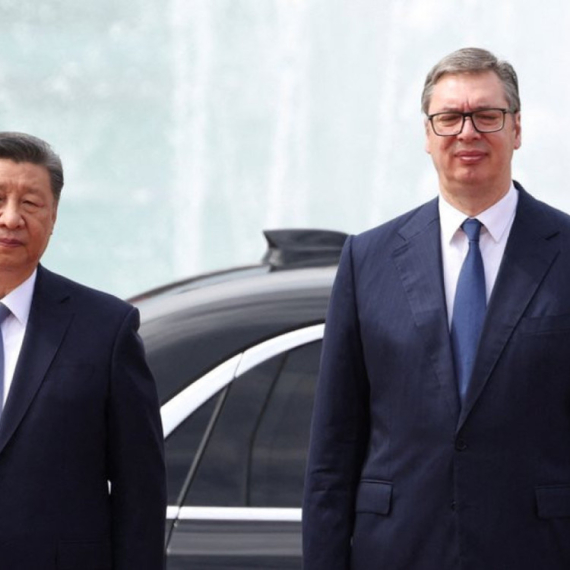

Komentari 0